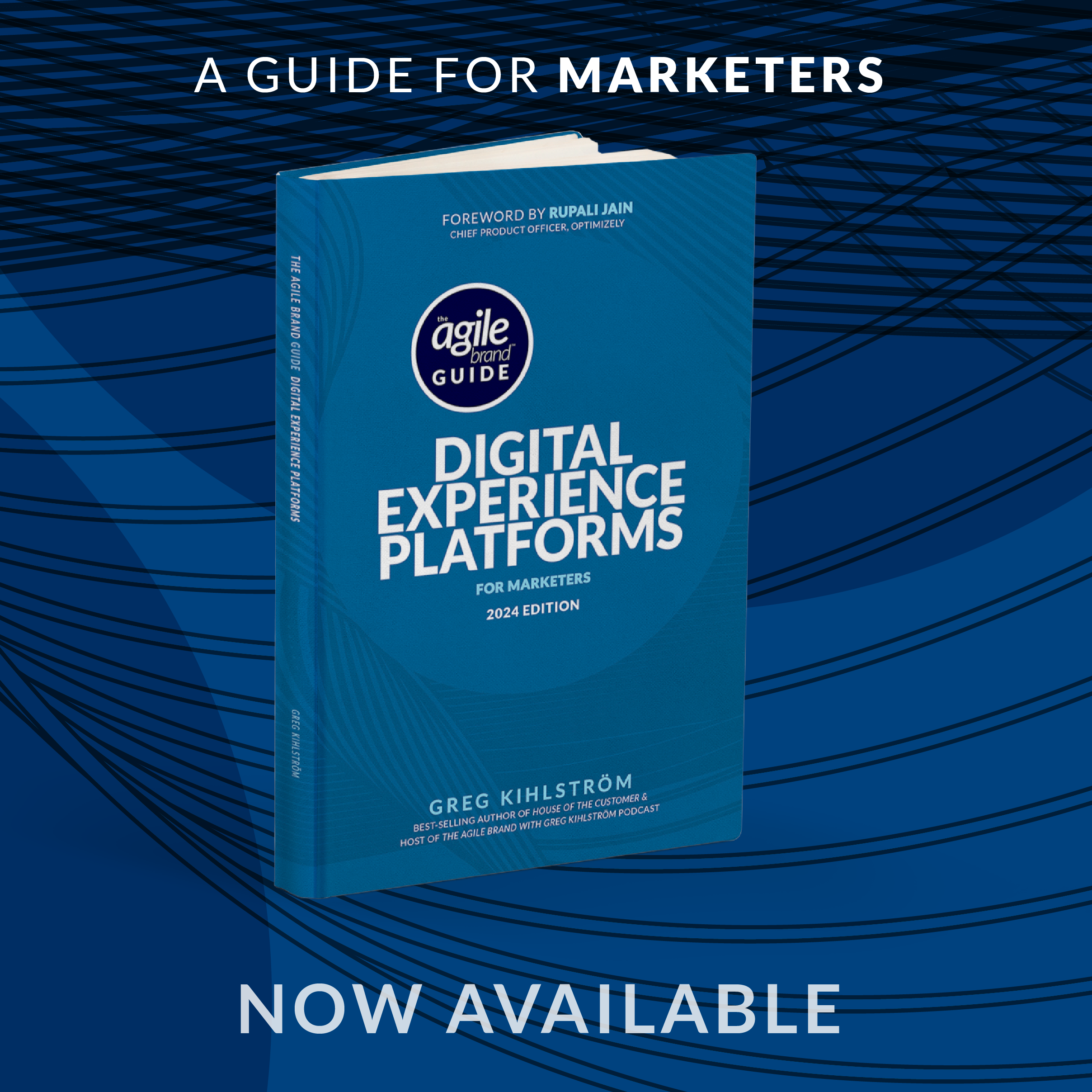This article was based on the interview with Featuring insights from Riikka Söderlund, COO at Katana Cloud Inventory by Greg Kihlström, AI and E-commerce keynote speaker for The Agile Brand with Greg Kihlström podcast. Listen to the original episode here:
Marketers spend millions perfecting pre-purchase experiences—polished campaigns, seamless checkouts, personalized offers. But Riikka Söderlund has a blunt message: if your inventory strategy isn’t just as polished, none of it matters. As Chief Operating Officer at Katana Cloud Inventory, she sees daily how post-purchase chaos—delays, stockouts, and returns—undermines even the most sophisticated brand strategies.
In this conversation, Söderlund argues that inventory is not just a supply chain issue—it’s a customer experience differentiator. She explains why legacy systems are holding back growth, how AI is poised to transform supply chain agility, and what fast-growing brands need to do now to avoid drowning in complexity later.
Inventory Is Invisible—Until It’s a Problem
Most marketers don’t think about inventory until it’s too late. But for Söderlund, that mindset is exactly what breaks the customer experience.
“It isn’t enough that you have stuff in your warehouse anymore. You need to know exactly what you have, where it is, and when you can deliver to keep demanding customers happy in 2025”
Frictionless experience doesn’t just mean a smooth checkout. It means accurate availability, reliable delivery dates, and the ability to fulfill across every channel—from Shopify and Etsy to Amazon and brick-and-mortar stores. And when brands can’t deliver? The customer walks.
Even messages like “out of stock” or “back in 6–12 weeks” are brand-damaging. Expectations have shifted. If you can’t provide instant answers and fast fulfillment, someone else will.
Complexity, Not Size, Is What Breaks Operations
The real tipping point for most growing brands isn’t volume—it’s complexity. As soon as you sell across more than one channel, warehouse, or location, spreadsheets fail. And when multiple teams need access to the same real-time inventory data, chaos kicks in.
“Complexity adds up exponentially. The moment your sales team in the West Coast and your team in Europe need the same data, it breaks,” Söderlund says.
That’s where modern inventory platforms come in—not to create more rules, but to reduce friction. Katana, for example, serves live inventory data from the cloud to all stakeholders, including outsourced teams. No more guessing, no more manual reconciliations.
Söderlund is quick to note that legacy ERPs aren’t the answer—they’re slow, expensive, and designed for a different era. New platforms are nimble, cloud-native, and designed for real-time collaboration.
AI Is the Future—but It Starts with Better Data
Katana is already using AI to recommend restocks, optimize sourcing, and forecast demand. But Söderlund is pragmatic: AI only works if the data is clean, centralized, and structured.
“If your inventory information is on a spreadsheet under the CEO’s desk, there’s absolutely nothing AI can do for you,” she says
Right now, most brands aren’t ready to hand over full control to automation. They want recommendations, not robot decisions. But that will change. As leaders gain confidence, AI will begin handling routine restocking, reordering, and even demand planning.
The key is preparation. Moving data to the cloud today enables AI tomorrow. Brands that wait will be too late when customer expectations jump—again.
“Just being prepared doesn’t cost much. But not being ready could cost your business,” Söderlund warns
Post-Purchase Is the New CX Battleground
Customer experience doesn’t end at checkout—it begins there. From real-time shipping updates to painless returns, inventory data powers every touchpoint.
“Whether it’s email or SMS notifications, all the data needs to be real-time and in the cloud. That’s table stakes,” Söderlund says
And the reverse journey matters just as much. Returns are expensive, messy, and emotionally loaded. Customers are already disappointed. The return process is your chance to win them back—or lose them forever.
AI will soon play a role here too—personalizing return flows, predicting refund abuse, and helping brands reallocate or resell returned goods efficiently. But again, it all starts with infrastructure.
Söderlund believes SMBs in particular need to double down on this post-purchase data. Understanding who’s returning what—and why—is critical to maintaining profit margins and improving product-market fit.
The Bigger Picture: Brands Must Re-Earn Their Place
As AI and automation make supply chains more direct, Söderlund sees a long-term challenge for consumer brands: relevance. If tech makes it possible to cut the brand out of the equation entirely, what value are you really providing?
“The brand needs to fight for its position in the supply chain. Just selling a product won’t be enough five years from now,” she says
The future belongs to brands that offer more than just goods—they offer a better experience. And that experience must extend across the full lifecycle: before, during, and after the sale.
Conclusion
Inventory may not be sexy. But as Riikka Söderlund makes clear, it’s one of the most powerful levers in the modern customer journey. From real-time stock updates to proactive replenishment and seamless returns, smart inventory management doesn’t just reduce friction—it builds trust.
In an age where one bad experience can cancel out ten good impressions, inventory is no longer just an ops concern. It’s a CX strategy.
And if your data still lives in spreadsheets, the time to fix it isn’t tomorrow.
It’s before your next “out of stock” message goes live.










